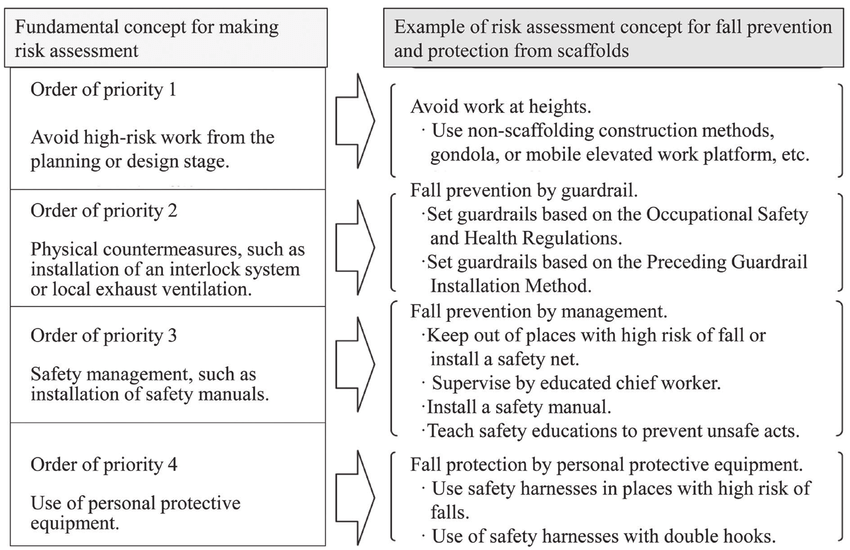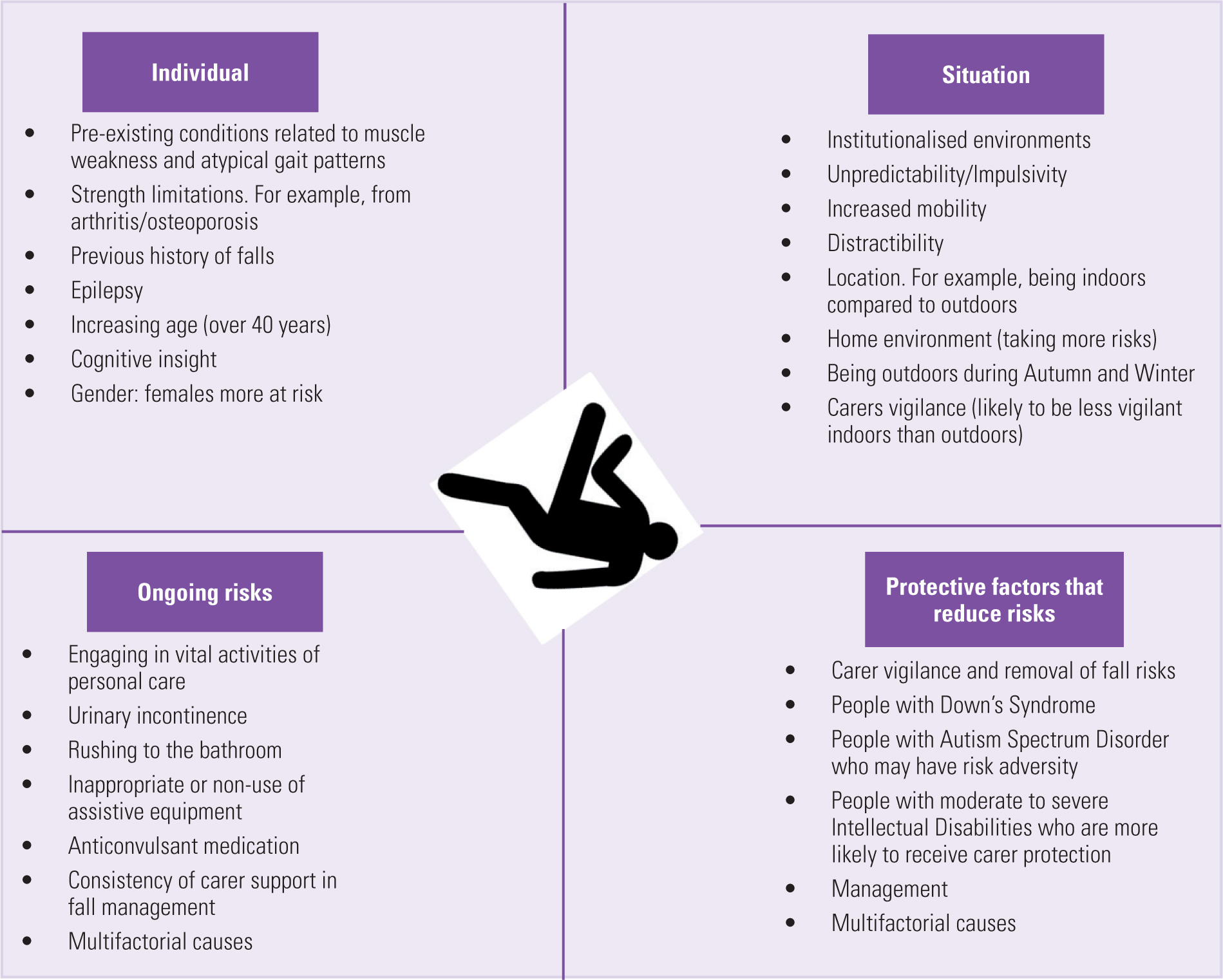The Ultimate Guide To Dementia Fall Risk
The 45-Second Trick For Dementia Fall Risk
Table of ContentsDementia Fall Risk Fundamentals ExplainedThe Main Principles Of Dementia Fall Risk How Dementia Fall Risk can Save You Time, Stress, and Money.More About Dementia Fall Risk
A fall risk assessment checks to see just how likely it is that you will fall. The analysis typically includes: This includes a collection of concerns about your overall wellness and if you've had previous falls or troubles with balance, standing, and/or strolling.Interventions are suggestions that might decrease your danger of falling. STEADI consists of three steps: you for your risk of falling for your threat elements that can be improved to attempt to protect against falls (for example, balance problems, impaired vision) to lower your risk of falling by utilizing efficient approaches (for instance, providing education and resources), you may be asked several inquiries including: Have you fallen in the past year? Are you stressed regarding falling?
If it takes you 12 secs or even more, it might mean you are at greater risk for a loss. This examination checks stamina and equilibrium.
The settings will certainly obtain harder as you go. Stand with your feet side-by-side. Relocate one foot midway forward, so the instep is touching the huge toe of your other foot. Relocate one foot completely in front of the various other, so the toes are touching the heel of your various other foot.
The Best Guide To Dementia Fall Risk
The majority of drops occur as a result of multiple contributing factors; consequently, taking care of the risk of falling starts with recognizing the elements that add to fall threat - Dementia Fall Risk. Some of the most appropriate threat variables include: History of previous fallsChronic medical conditionsAcute illnessImpaired gait and equilibrium, reduced extremity weaknessCognitive impairmentChanges in visionCertain high-risk medications and polypharmacyEnvironmental variables can additionally increase the danger for drops, including: Poor lightingUneven or harmed flooringWet or unsafe floorsMissing or damaged hand rails and get barsDamaged or improperly equipped equipment, such as beds, wheelchairs, or walkersImproper usage of assistive devicesInadequate supervision of the people residing in the NF, consisting of those who display hostile behaviorsA effective loss danger administration program needs a comprehensive clinical analysis, with input from all participants of the interdisciplinary team

The care strategy need to additionally consist of interventions that are system-based, such as those that promote a risk-free setting (appropriate lights, handrails, get hold of bars, etc). The effectiveness of official source the interventions must be examined periodically, and the care plan changed as needed to mirror changes in the fall threat assessment. Applying an autumn risk administration system making use of evidence-based best practice can reduce the occurrence of drops in the NF, while restricting the potential for fall-related injuries.
More About Dementia Fall Risk
The AGS/BGS guideline advises evaluating all grownups matured 65 years and older for loss risk yearly. This screening is composed of asking individuals whether they have actually dropped 2 or more times in the past year or sought clinical focus for an autumn, or, if they have actually not dropped, whether they feel unstable when strolling.
People that have actually fallen once without injury should have their balance and stride evaluated; those with stride or balance irregularities must receive extra analysis. A history of 1 fall without injury and without stride or equilibrium issues does not warrant further assessment beyond continued yearly autumn threat screening. Dementia Fall Risk. A fall threat evaluation is called for as component of the Welcome to Medicare examination

Little Known Questions About Dementia Fall Risk.
Recording a drops history is among the quality indications for autumn prevention and administration. A crucial part of danger evaluation is a medicine review. A number of classes of medicines raise loss risk (Table 2). Psychoactive medicines in specific are independent forecasters of drops. These drugs tend to be sedating, change the sensorium, and impair equilibrium and gait.
Postural hypotension can commonly be minimized by decreasing the dosage of blood pressurelowering drugs and/or quiting medicines that have orthostatic hypotension as a side impact. Use above-the-knee assistance hose pipe and copulating the head of the bed raised might additionally decrease postural decreases in high blood pressure. The advisable components of a fall-focused physical evaluation are received Box 1.

A Pull time greater than or equal to 12 secs recommends high autumn risk. Being incapable to stand up from a chair of knee elevation without using one's arms suggests increased loss danger.